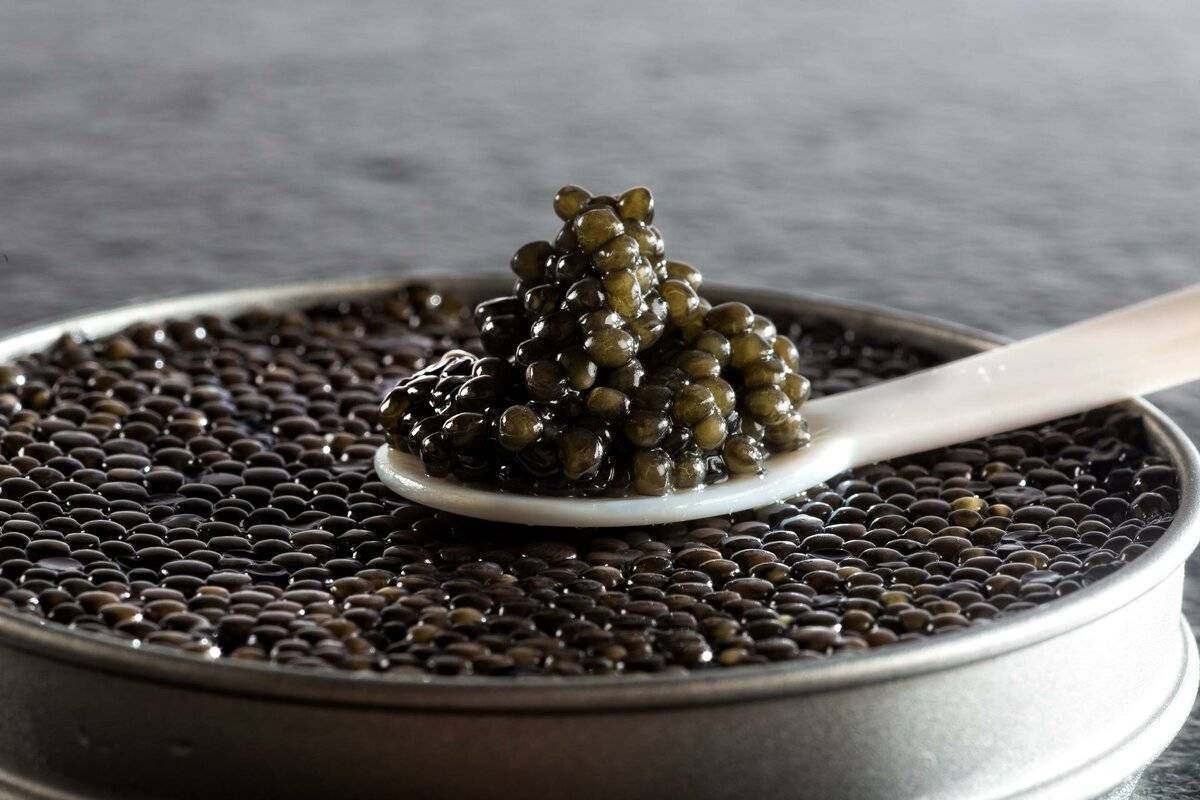Caviar—often described as “black gold”—has long been the pinnacle of gourmet indulgence. Sourced from the roe of sturgeon fish, this luxurious delicacy has captivated palates for centuries with its buttery texture, oceanic essence, and unrivaled elegance. But not all caviar is created equal. The question remains: Where does the best caviar come from?
In this guide, we’ll explore the origins of the world’s finest caviar, the importance of sturgeon species, farming techniques, water quality, and regional craftsmanship that define the top-producing countries and brands.
The Origins of Fine Caviar: A Global Journey
Historically, the best caviar came from the Caspian Sea, particularly from countries like Iran and Russia. These waters were once home to an abundance of wild Beluga, Osetra, and Sevruga sturgeon. However, due to overfishing and strict international regulations to protect endangered species, the global caviar landscape has evolved significantly.
Today, premium farm-raised caviar comes from various regions across the world, each bringing its own environmental conditions, sturgeon breeds, and centuries of aquaculture expertise.
Top Countries Known for the Best Caviar
1. Iran
Iran remains one of the most prestigious sources of caviar in the world. Wild Iranian Beluga caviar from the southern Caspian Sea is considered the gold standard for its rich, buttery pearls and deep flavor. Due to stringent controls and environmental practices, Iranian caviar continues to be highly sought after by chefs and gourmets globally.

2. Russia
Russia has been synonymous with caviar for centuries. Russian Osetra and Beluga caviars have long been favorites in the royal courts of Europe. Although wild fishing is now heavily regulated, Russian aquaculture farms produce some of the finest farm-raised caviar, maintaining traditional methods while adhering to modern sustainability standards.
3. China
In recent years, China has become a global leader in high-quality, sustainable caviar farming. Several Chinese producers export internationally and are known for precise control over water quality, feeding, and harvesting. Chinese Kaluga and hybrid sturgeon caviar often rival that of European and Middle Eastern brands in both quality and consistency.
4. Italy
Italy is home to some of the finest sturgeon farms in Europe. The crystal-clear waters of Lombardy and Veneto regions provide ideal conditions for raising Siberian and Osetra sturgeons. Italian caviar is recognized for its clean flavor, consistency, and strict European farming regulations.
5. France
France has developed a reputation for producing boutique caviars from sustainably farmed sturgeon, particularly in Aquitaine. French caviar tends to have a refined, subtle flavor profile and is often favored by Michelin-starred restaurants across Europe.
6. United States
The U.S. has emerged as a significant player in the luxury caviar market, with farms in California, Idaho, and the Midwest producing award-winning caviar. Using Siberian and White sturgeon, American caviar is known for its bold, creamy taste and high-quality control standards.
Read more: What to Eat with Caviar: Best Food and Drink Pairings
What Determines the Quality of Caviar?
The origin of caviar is only one factor in determining its excellence. Here are several other key elements:
✅ Species of Sturgeon
Different sturgeon species produce distinct types of caviar.
- Beluga: Large, delicate pearls and buttery flavor.
- Oscietra: Firm texture, nutty and earthy taste.
- Sevruga: Small pearls with intense briny flavor.
- Kaluga & Amur: Hybrid species with a luxurious profile similar to Beluga.
✅ Water Quality
Pure, oxygen-rich water is essential to producing clean, high-grade caviar. This is why countries with natural, mineral-rich rivers or advanced filtration systems often yield superior roe.
✅ Age of the Fish
Sturgeon must mature for 8–20 years before producing eggs, depending on the species. The longer the maturation, the more refined and luxurious the caviar.
✅ Harvesting & Processing Methods
Gentle harvesting, minimal salting (Malossol), and careful handling preserve the caviar’s integrity. Countries and brands that invest in slow, artisanal methods usually produce the best results.
Why SB Caviar Offers Only the Finest
At SB Caviar, we source only the world’s most exceptional caviars from premium, eco-conscious farms in regions known for their purity and expertise. Whether it’s the buttery grains of Beluga, the nutty depth of Osetra, or the intense flavor of Sevruga, our collection is designed for connoisseurs who demand authenticity, elegance, and ethical luxury. Every tin of SB Caviar is a tribute to global excellence—delivered with care, precision, and respect for tradition.
FAQs: Where Does the Best Caviar Come From?
- Is wild caviar still available today?
Wild caviar is now rare and heavily regulated due to the endangered status of many sturgeon species. Most high-quality caviar today is farm-raised in controlled environments to ensure sustainability and legal compliance.
- Which type of sturgeon produces the most expensive caviar?
Beluga sturgeon (Huso huso) produces the most luxurious and expensive caviar due to its long maturation period and large, buttery eggs. It is often considered the finest variety available.
- How can I tell if caviar is high-quality?
Look for firm, glossy pearls with a consistent size. The aroma should be clean and oceanic—not fishy. Taste should be smooth, rich, and layered, with no bitterness or metallic aftertaste.
- Does the country of origin affect the flavor of caviar?
Yes. Water quality, feeding techniques, and climate all influence the final taste of caviar. While the species plays a major role, regional terroir—similar to wine—also impacts flavor profile.


